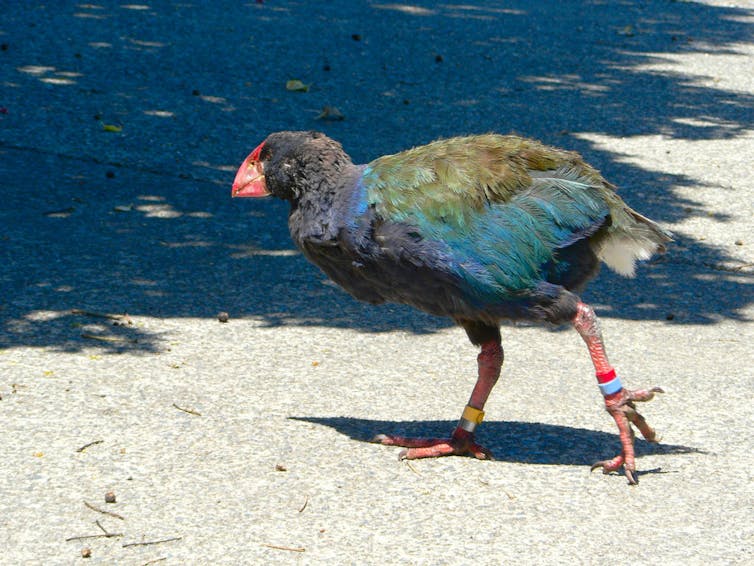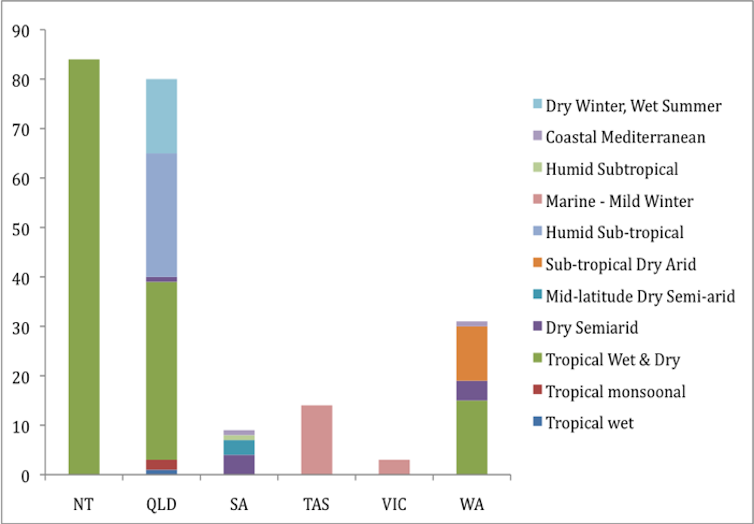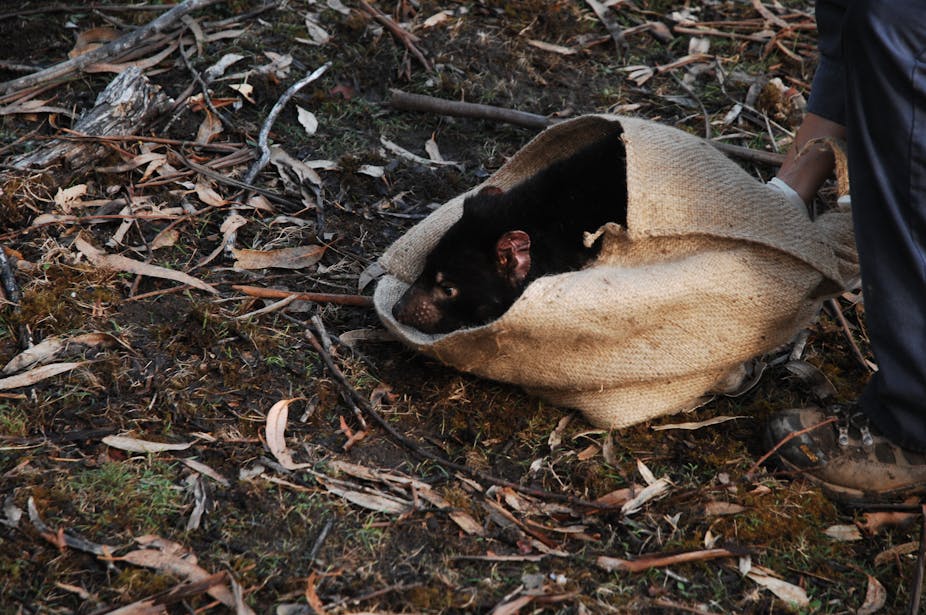Australia is in the grip of an extinction crisis. Our unique animals, plants, and ecosystems are rapidly ebbing away in a process that began more than 200 years ago with European settlement. Feral cats and foxes are thought to be major culprits.
So how do we stem the flood of extinctions? Predator-free offshore islands, previously seen as a last resort, could be a significant part of Australia’s conservation future. Other countries, such as New Zealand, can show us how it’s done.
In 2014 Australia appointed its first Threatened Species Commissioner, Gregory Andrews. Andrews faces a huge challenge in saving Australia’s endangered animals and plants, but islands should be part of the solution.
Mammals have been particularly hard hit by the extinction crisis, with around 10% of Australian species extinct and a further 20% under threat. Globally this accounts for almost a third of all recent mammal extinctions.
There is increasing scientific consensus that cats and foxes are a powerful driver of these extinctions, amplified by land clearing and frequent, large-scale bushfires that degrade and fragment wildlife habitat.
Island woes
The impact of introduced predators is not surprising considering that Australia is an island continent whose wildlife has been isolated from the rest of the world for millions of years.
A similar fate has befallen unique wildlife on other isolated islands, a notorious case being the impact of introduced predators on New Zealand’s birds. Thirteen are extinct and a further 24 are endangered including kiwis and the kakapo, the world’s largest parrot.
The conservation response has followed very different pathways in Australia and New Zealand.
New Zealand is a world leader in the use of offshore islands and fenced sanctuaries to conserve species threatened by predators. It has well-developed policies and monitoring programs for translocating endangered species by both government and non-government conservation programs.

By contrast, Australia’s use of island refuges has been much slower and poorly coordinated, and unlike New Zealand there is no national policy framework. Approaches vary widely between Australian states, and there has been limited evaluation of what has and has not worked nationally. However, we know that the absence of cats and foxes is a critical factor in successfully moving wildlife to islands.
Constructing predator-proof fences has been successful in conserving mammals, although this a fairly recent development led by a number of non-government conservation organisations such as Arid Recovery Centre and Australian Wildlife Conservancy.
How many islands?
Remarkably there has been no systematic analysis of the potential to use Australian offshore islands as conservation refuges.
Our preliminary analysis suggest that currently Australia has around 200 cat and fox-free islands suitable for wildlife refuges. This number could be increased if cats and foxes are removed from other islands.
However, because there are few offshore islands with arid climates, we will still need fenced enclosures to conserve Australia’s inland mammals.

Creating mini-zoos?
The barriers to widespread use of offshore islands and exclosures are ultimately philosophical. A common criticism is that keeping animals on islands or behind fortified fences is “unnatural” and is akin to creating “mini zoos”.
But on a continent where the ecology has been so drastically upset by introduced species, debates about “naturalness” are a distraction from the pressing threat of extinction.
There are also concerns that moving wildlife can have disruptive effects on other species or ecosystems.
For instance, moving Tasmanian Devils, threatened with the contagious devil facial tumour disease, to Maria Island has been criticised because of the potential threat to local birds.
However, most offshore islands have already been impacted by land clearing and the introduction of domestic and native species. For instance, on Maria Island areas of former farmland now support introduced Cape Barren Geese and large kangaroo and wallaby populations introduced by wildlife managers in the 1960s.
There is no question Australia’s worsening extinction crisis is motivating a rethink of classical conservation practises.
For example, in Kakadu National Park there are plans to move some endangered wildlife species to the park’s only island and establish predator-proof exclosures.
Such interventions could be scaled up nationally, a program that would require leadership, decisive action and risk taking in the face of looming defeat.

